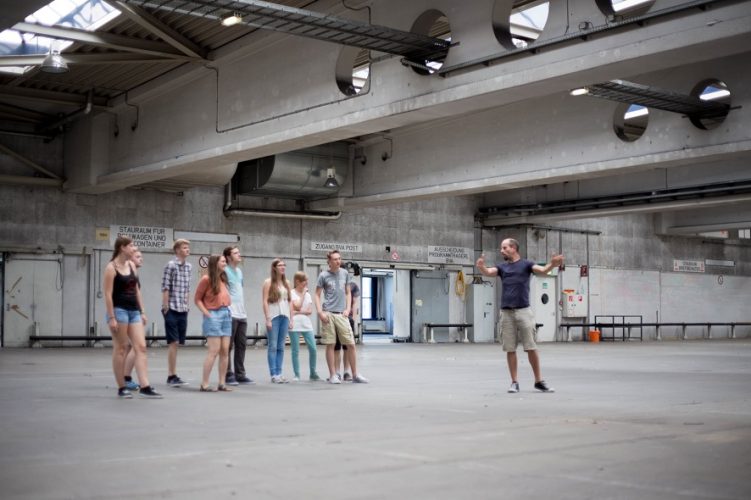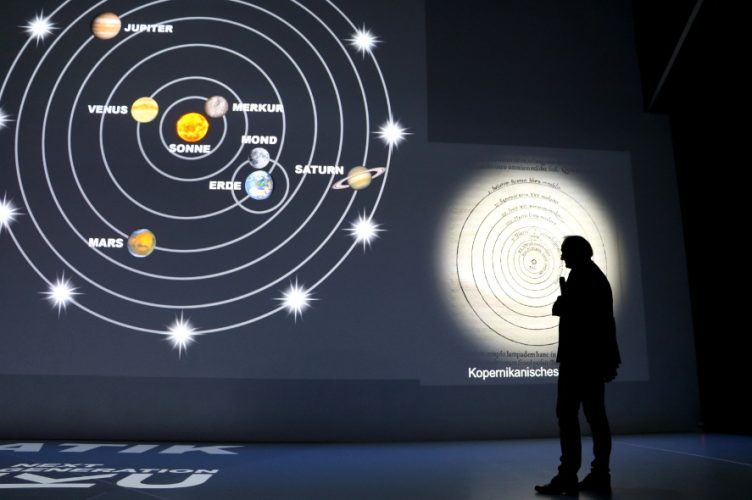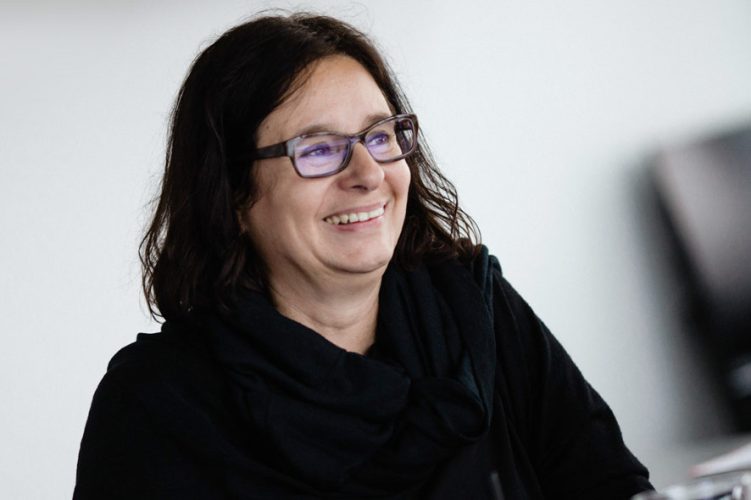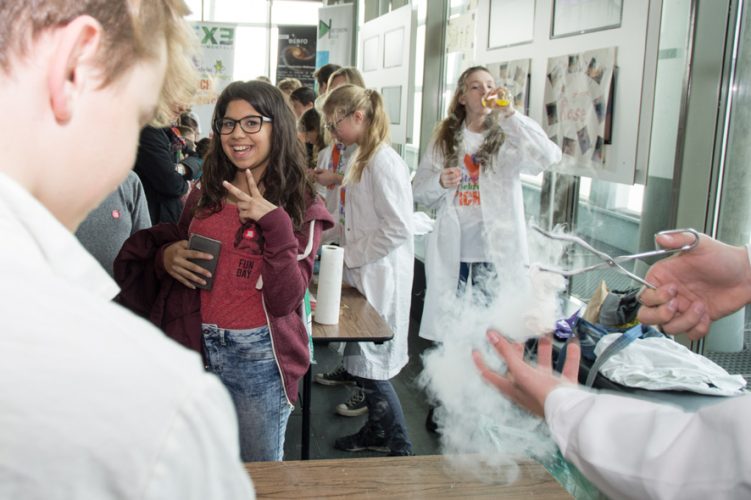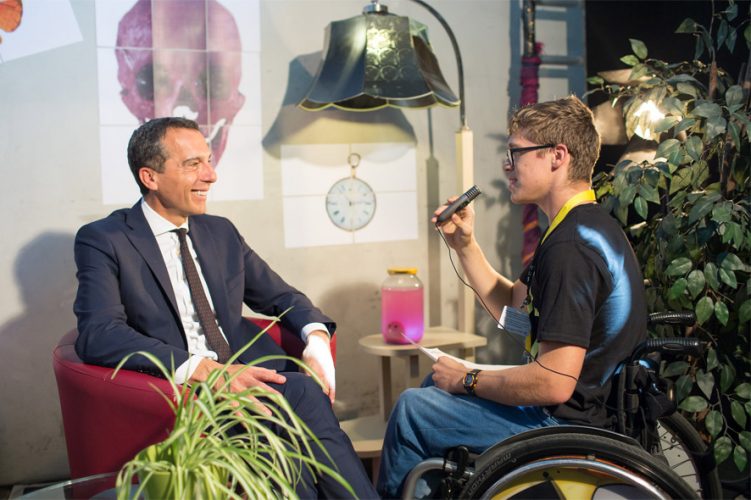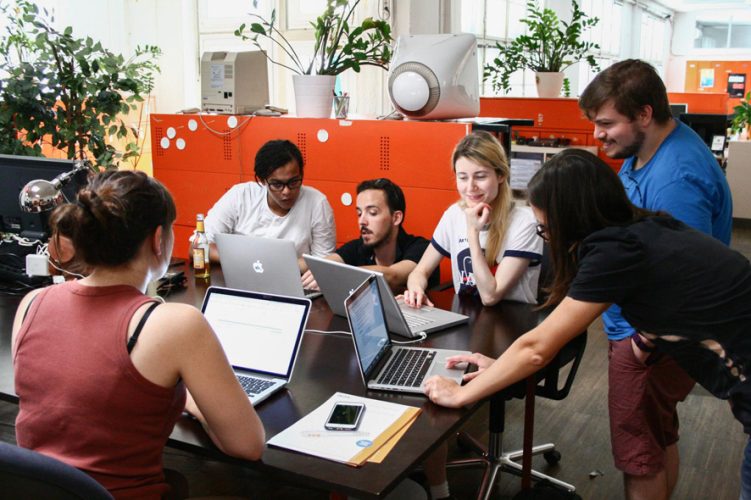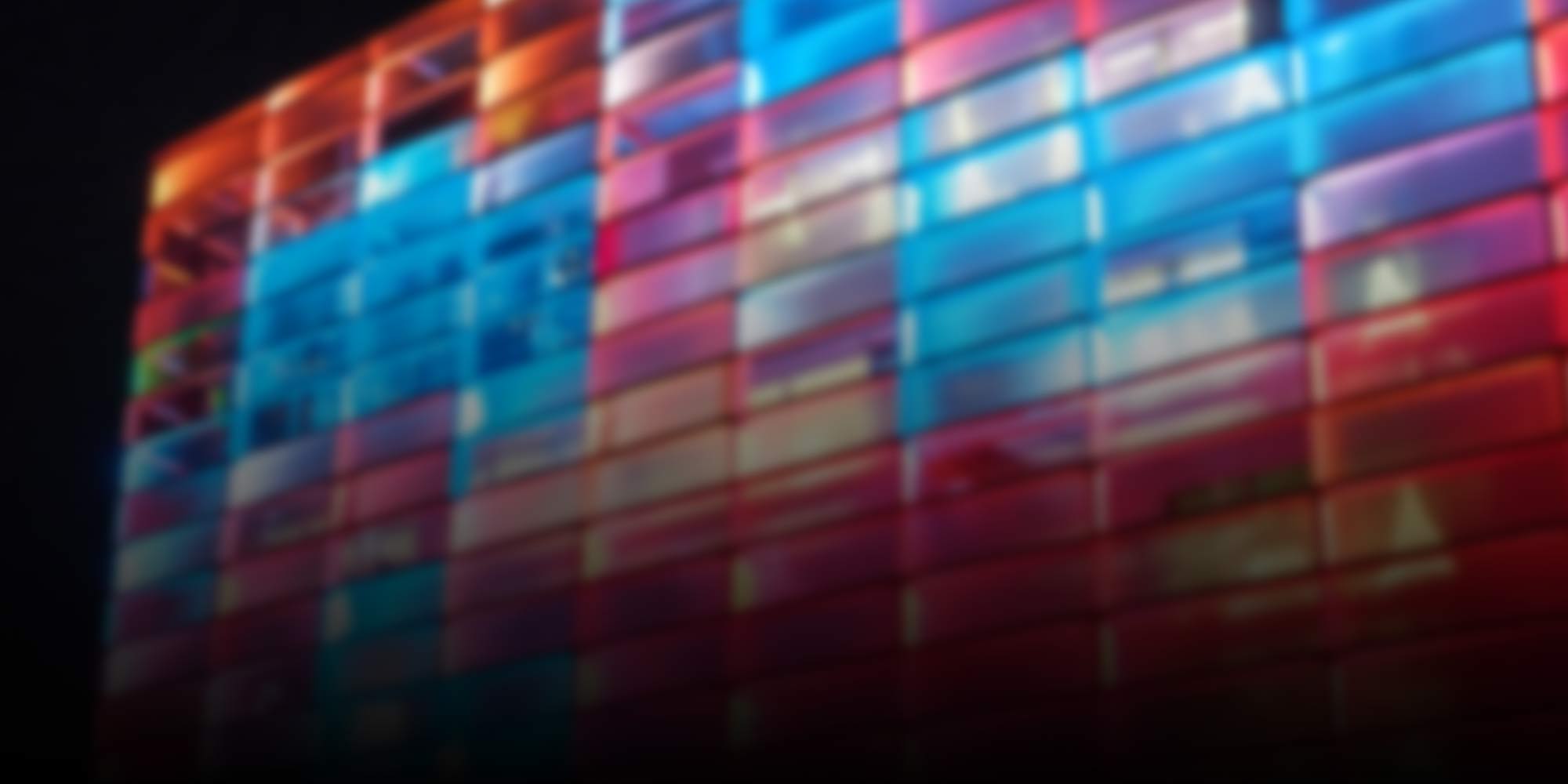
Artists, Creators, Engineers
-
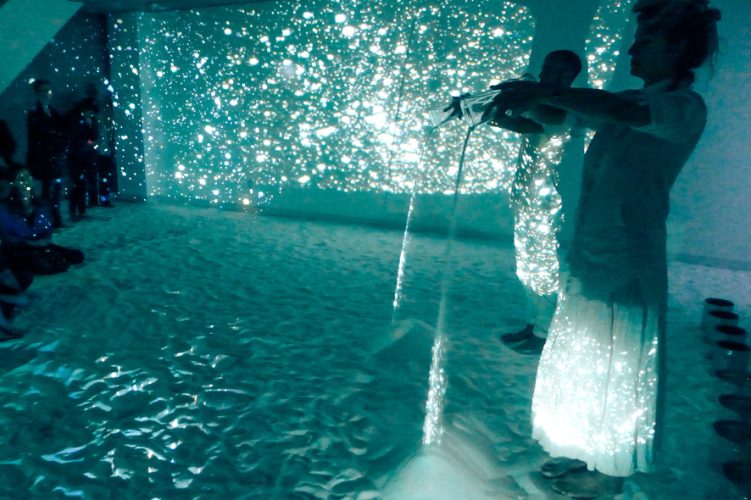
UCLA Making a Guest Appearance at Ars Electronica Festival
A top foreign university will once again be featured in the Campus Exhibition at the 2017 Ars Electronica Festival. This year’s special guest is UCLA–The University of California at Los Angeles. Here, Professor Victoria Vesna gives us a preview of the “Feminist Climate Change” exhibition and an account of how media art gained admission to…
-
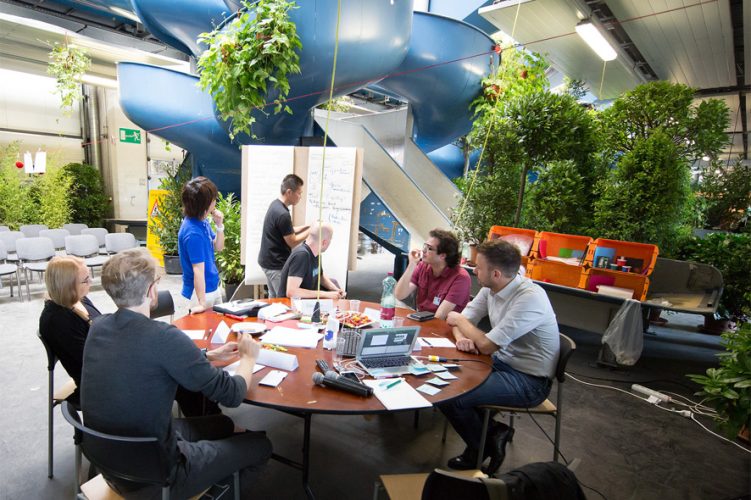
Future Innovators Summit 2017: A Creative Think Tank for Big Questions about the Future
Embedded in the inspiring setting of the Ars Electronica Festival in POSTCITY Linz, the Future Innovators Summit is once again inviting motivated individuals from the worlds of art, technology and science to exchange ideas and thereby formulate questions of central importance to humankind’s future. FIS project director Hideaki Ogawa offers some conceptual points of departure…
-
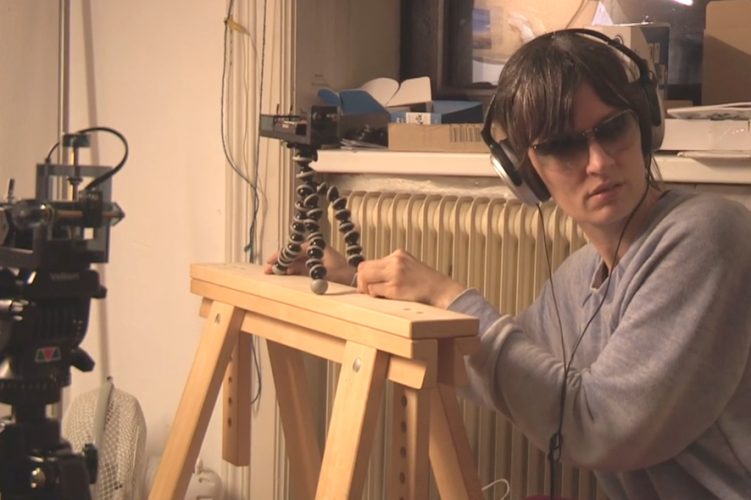
Resistance from Below
Chrystal Tesla is an average citizen whose homemade devices enable her to successfully fend off the incessant incursions of surveillance technology. This scenario created by artist Kathrin Stumreich and entitled “What would Ted Kaczynski’s daughter do?” has been honored by the City of Linz with the Marianne.von.Willemer.2016 Prize.
-
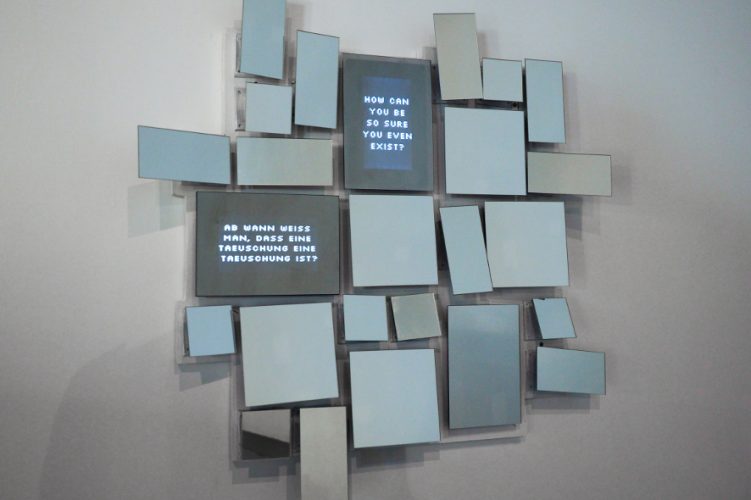
TIME OUT .07 – Between Individual and Society
TIME OUT .07, the seventh in this ongoing series of exhibitions, is now running at the Ars Electronica Center. TIME OUT is staged twice a year in cooperation with Linz Art University to showcase recent works of media art by students in the school’s Time-based and Interactive Media program. The Blog is spotlighting some of…
-
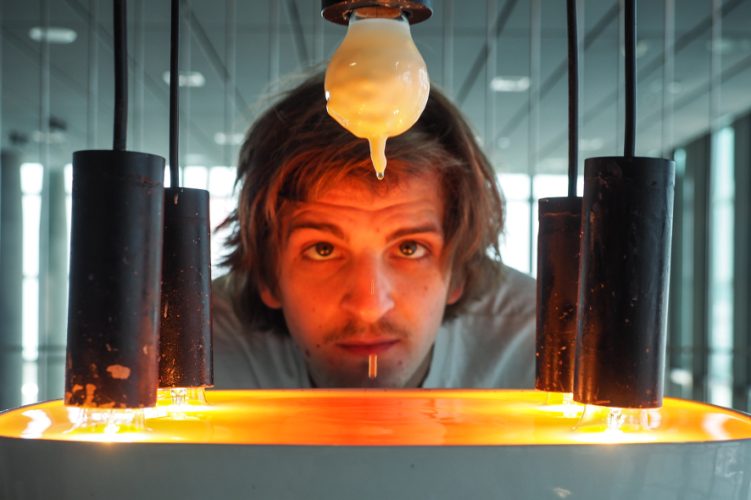
TIME OUT .07 – Warm Light and Soft Wax
The TIME OUT .07 exhibition that opened last week is part of the series of installations staged twice a year jointly by Ars Electronica and Linz Art University. Recent media art projects by students in the school’s Time-based and Interactive Media program are on display in the Ars Electronica Center. The Blog is spotlighting the…
-
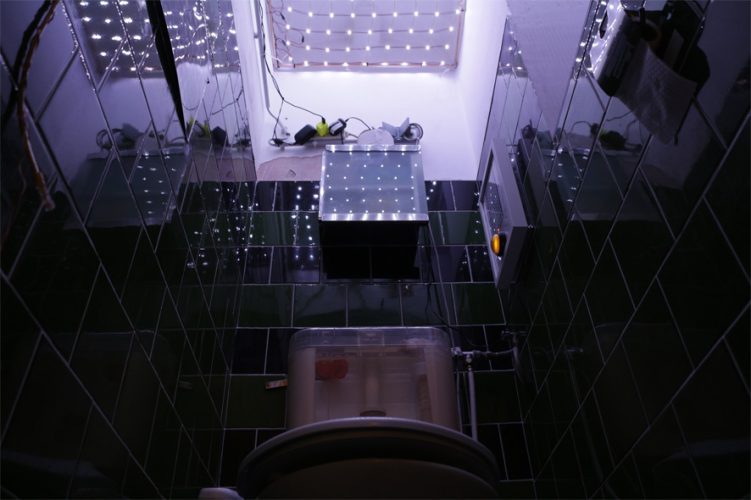
BigPoopData Takes the netidee Special Prize
An incisively critical commentary on the obsessive and now-so-pervasive harvesting of data and a plea for the protection of our digital privacy—four schoolboys’ sensor-studded WC has garnered them the 2017 Prix Ars Electronica’s netidee Special Prize. In this interview, Ernst Langmantel, the director of netidee, explains what he likes so much about this project, and…
-
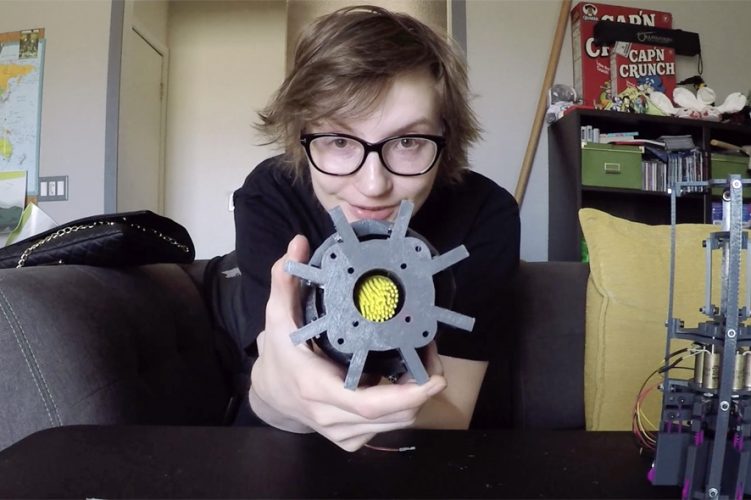
The Wandering Artist Project
For her proposal to send a robot with artistic skills into outer space, robotics engineer Sarah Petkus was the recipient of an Honorary Mention from the 2016 art&science@ESA. In this interview, she talks about her plans for her upcoming residency at the European Space Agency (ESA) and the Ars Electronica Futurelab, about humane robots, and…
-
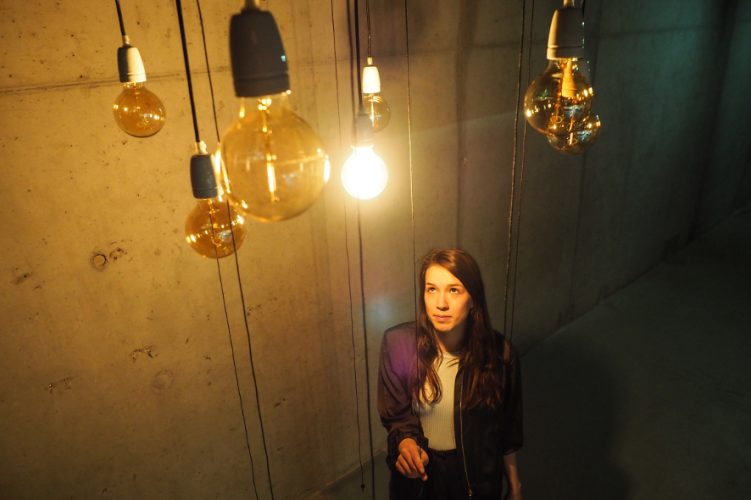
TIME OUT .07 – Homey Sounds and Industrial Mass Production
The 7th installment in the TIME OUT exhibition series opened on Tuesday, May 23, 2017. In cooperation with Linz Art University, the Ars Electronica Center is showcasing recent media art projects by students in the school’s Time-based and Interactive Media program. The Blog is spotlighting the participating students. In this installment, Lisa Bickel and Clemens…
-
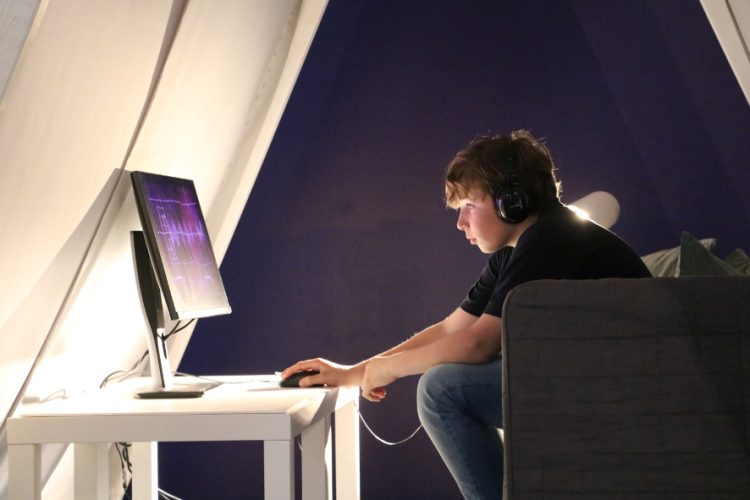
TIME OUT .07 – Lost Friendships and Aesthetic Scars
The 7th installment in the TIME OUT exhibition series opens on Tuesday, May 23, 2017 at 6:30 PM. In cooperation with Linz Art University, the Ars Electronica Center is showcasing recent media art projects by students in the school’s Time-based and Interactive Media program. Sarah Hiebl and Marlene Reischl, two of the artists participating in…
-
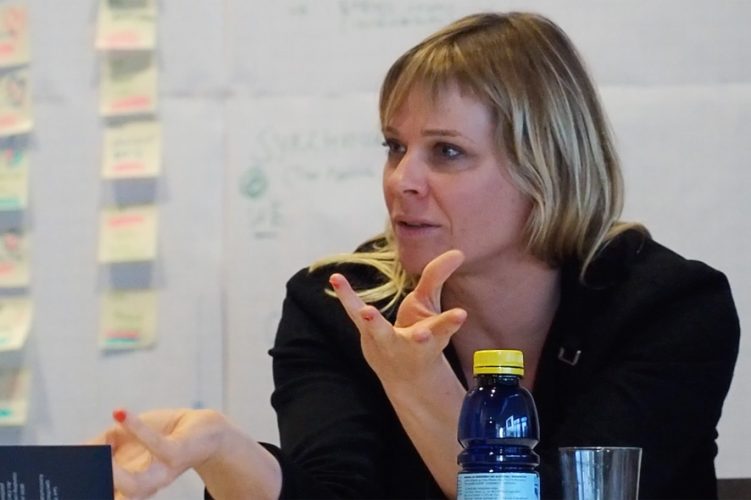
Sophie Lamparter: “Designing our future can’t be left up to individuals”
The STARTS Prize awarded by the European Commission spotlights collaboration of science, technology and art. That’s the same approach taken by Sophie Lampartner, director of swissnex San Francisco and one of this year’s STARTS jurors. In this interview, she talks about trends at the nexus of these three domains.
-
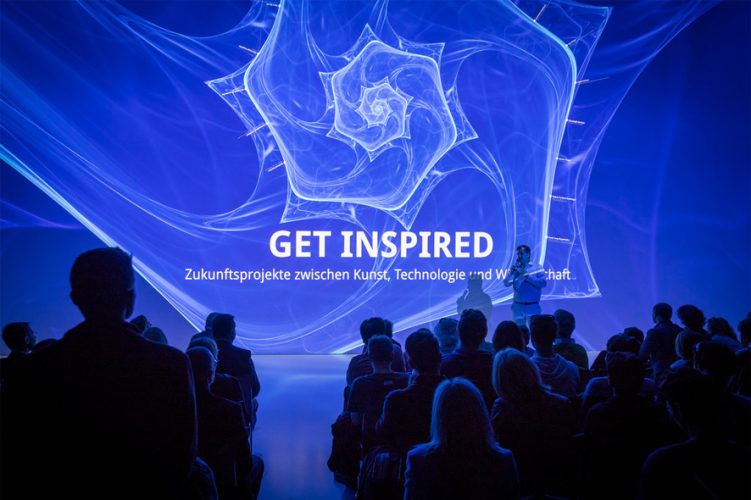
Get Inspired
“GET INSPIRED – Promising Projects at the Nexus of Art, Technology and Science” was the theme of a showcase of innovative projects based in Linz and Upper Austria staged yesterday by Ars Electronica in cooperation with a regional association of young businesspeople. Join us for a look back at an inspiring evening.
-
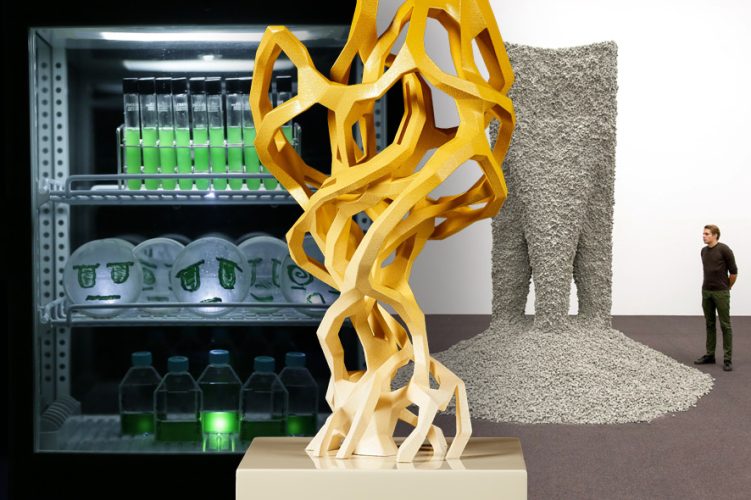
STARTS Prize: The 2017 Prizewinners
This year’s STARTS PRIZE recipients come from Japan and Switzerland. “I’m Humanity” garnered the Grand Prize for Artistic Exploration for Etsuko Yakushimaru; the Grand Prize for Innovative Collaboration goes to Gramazio Kohler Research at ETH–Swiss Federal Institute of Technology in Zurich and the Self-Assembly Lab at MIT for their “Rock Print” installation.
-

The Artist-in-Residence is Yen Tzu Chang
Yen Tzu Chang (TW) is the recipient of the residency STEAM imaging jointly hosted by the Fraunhofer Institute for Medical Image Computing (MEVIS) and Ars Electronica. The Taiwanese media artist will thus have a unique opportunity to work closely together with the Institute’s research staff.
-
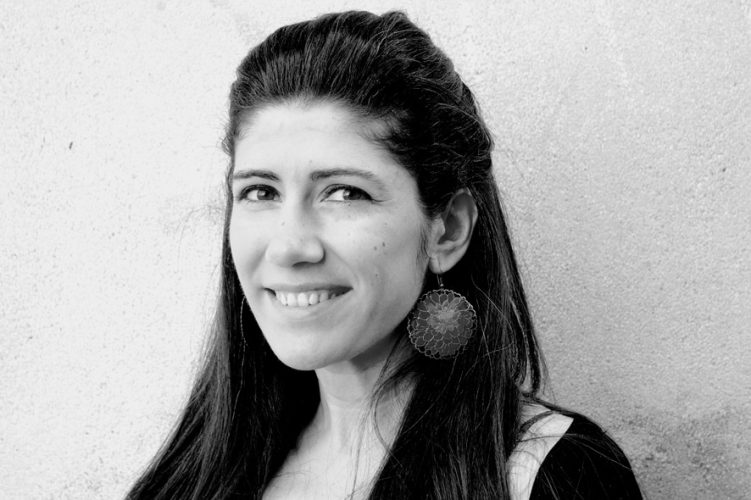
Ghalia Elsrakbi: “Art Is a Collaborative Playground”
Mainstays of media art in general and the Prix Ars Electronica’s Hybrid Art category in particular are hybrid and transdisciplinary projects and approaches. In this interview, juror Ghalia Elsrakbi talks about her take on hybrid art and what she sees as the role art can play in 2017.
-
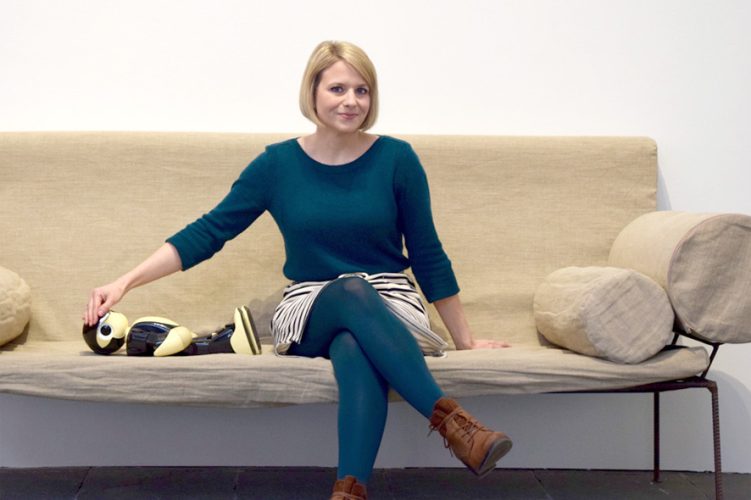
Martina Mara: “More Women in Robotics!”
Even in the 21st century, robotics R&D is still a male domain. On the occasion of International Women’s Day, we discussed this issue with Martina Mara of the Ars Electronica Futurelab. She’s a media psychologist and director of robo-psychology.
-
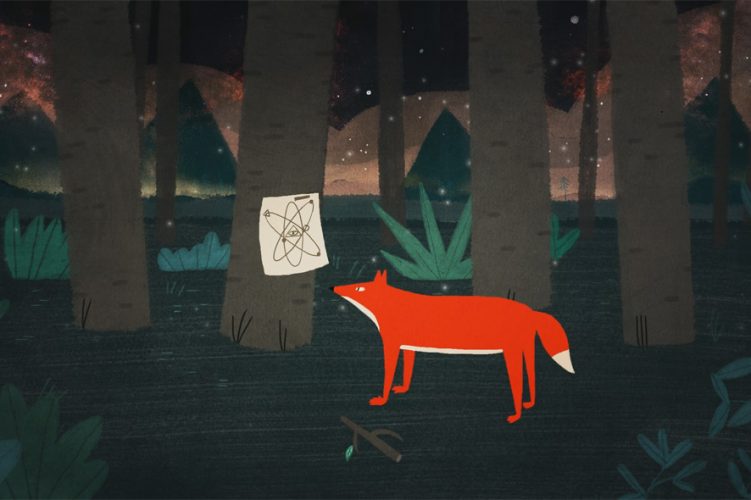
Réka Bucsi: “I like its playful ways”
Réka Bucsi’s animated short film “Symphony no. 42” got her shortlisted at the 87th Academy Awards. In April, she’ll be one of the 2017 Prix Ars Electronica jurors selecting this year’s Golden Nica recipients.
-
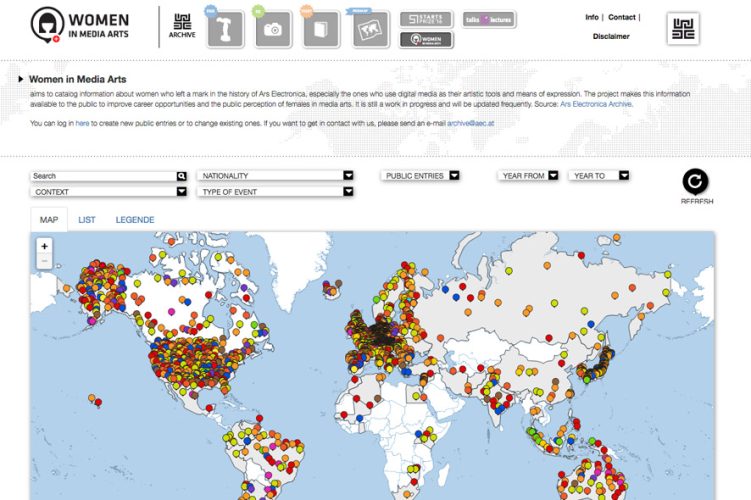
Women in Media Arts
Ars Electronica launched an online database especially for women in media arts in September 2016. Women in Media Arts now makes it possible for users themselves to input information and modify the database’s entries about female artists. Here, project manager Florina Costamoling provides a brief introduction to the database designed to be used by, among…
-
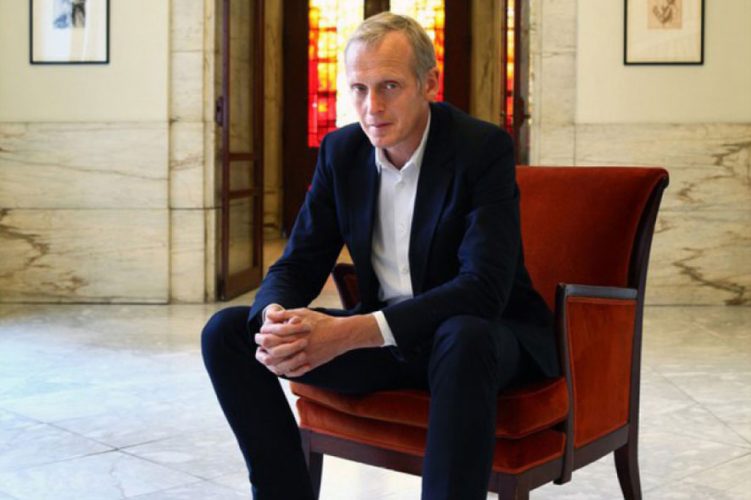
Paul Dujardin: “We need interdisciplinary teams”
In this interview, the artistic director of the Centre for Fine Arts (BOZAR) discusses the artist’s role in this day and age, notes that art also emerges beyond the confines of picture frames, and points out how important it is for disciplines to interconnect.
-
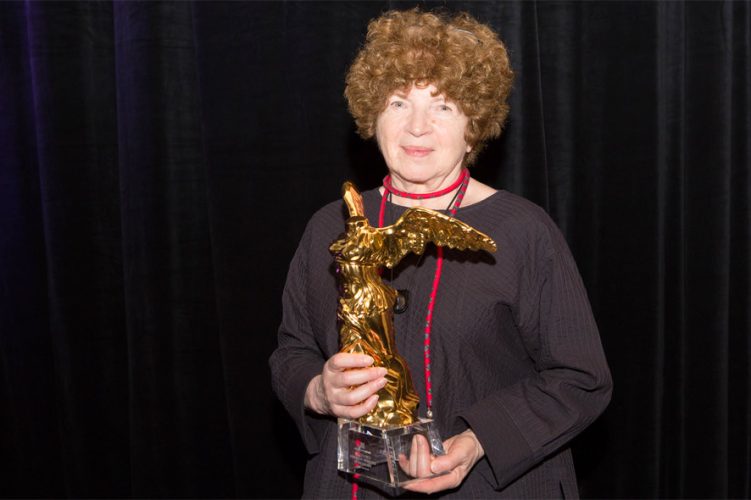
Prix Ars Electronica Seeks Female Media Artists!
Entries to the competition to determine the honorees of the 30th Prix Ars Electronica are now being accepted! Four Golden Nica statuettes and prizemoney of up to €10,000 in each category await this year’s outstanding media artists. But what’s the story with gender distribution among Prix Ars Electronica prizewinners? We discussed this issue with Gerfried…
-
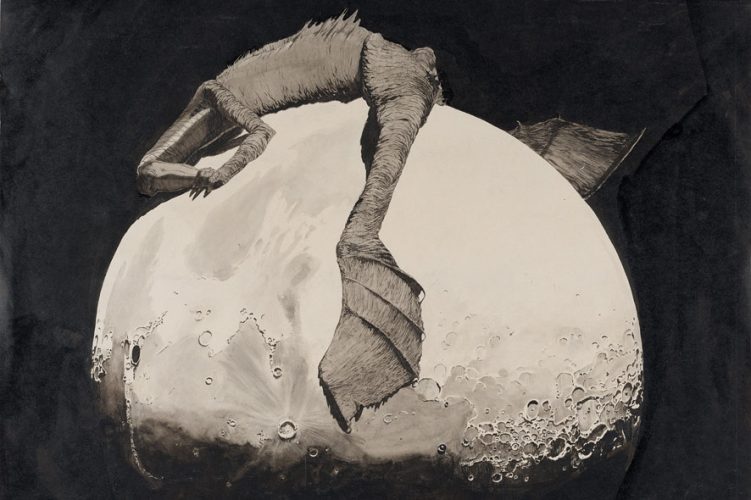
Linz’s Klemens Brosch: A Genius for Drawing
Born in Linz in 1894, Klemens Brosch went on to become one of 20th-century Austria’s most outstanding graphic artists, best known for his magical landscapes and melancholy imagery. Deep Space is now featuring jumbo-format projections of some of his small-scale drawings.
-
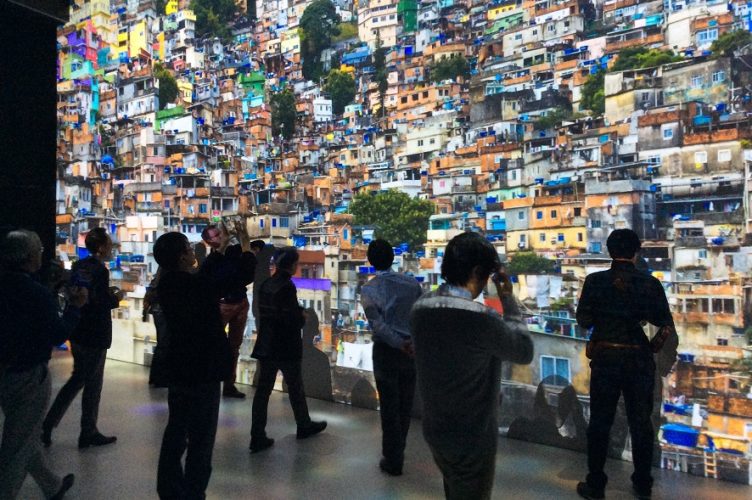
Fuji Xerox Inspirational Workshop for Japan’s Corporate Executives at AEC
The exhibition space at Ars Electronica Center is full of challenging art. It recently served as a place, some of Japan’s most renowned companies gathered ideas from.
-
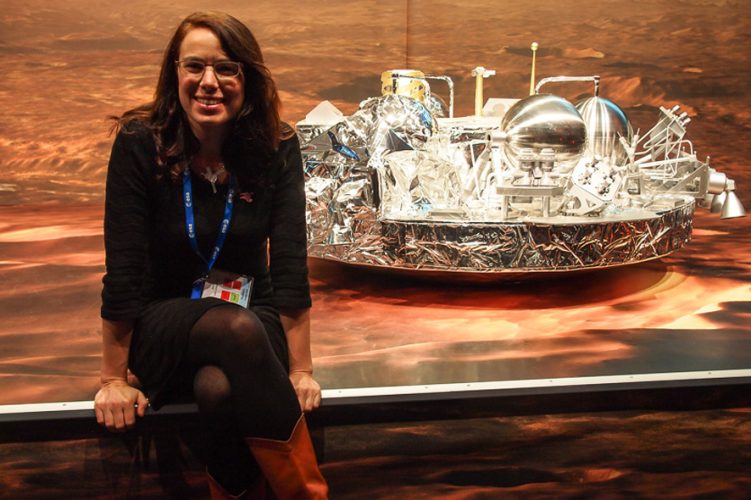
The Journey to Mars
Even if signals aren’t being received from the Schiaparelli Test Lander on that evening, we nevertheless had an absolutely fascinating time at the ESA Mission Control Centre in Darmstadt, where we followed the decisive moments of the Mars landing in the company of scientists and artist Aoife Van Linden Tol. Here, we present a few…
